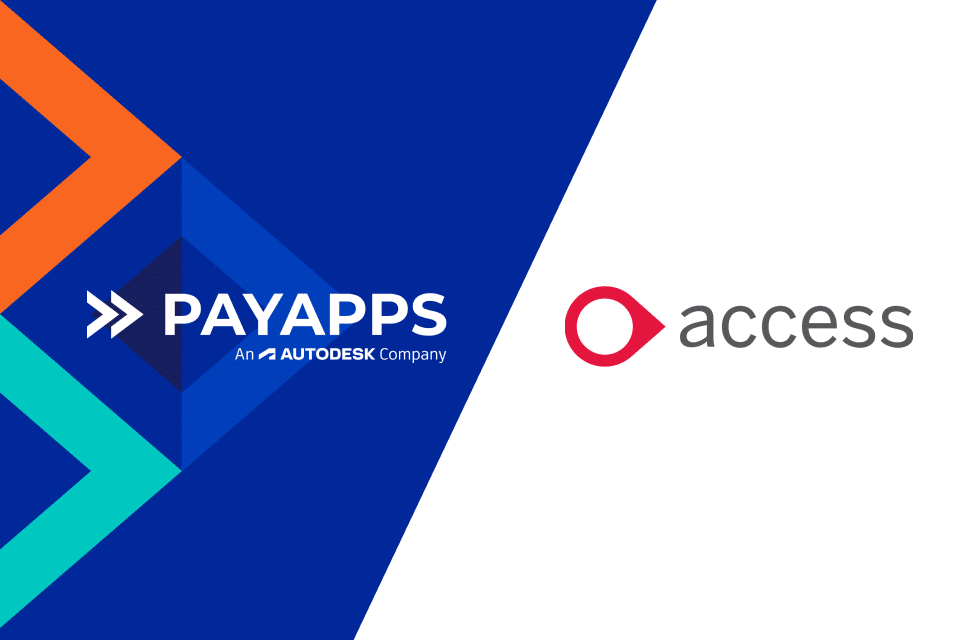A Q&A with Mobarak Ali, Graduate QS, Bouygues UK
The Riverside is a new £115 million mixed-use development in the city of Canterbury, and is one of Bouygues UK’s larger projects. The scheme will provide 189 new homes, 491 student bedrooms as well as a new leisure complex including restaurants, bars, and multiplex cinema.

We chatted with Mobarak Ali, a Graduate Quantity Surveyor working on the new development to get an insight into how digital payment processes are seen by someone who has recently joined the industry.
How long have you been working in your current role with Bouygues UK?
About a year and 3 months; I joined the team straight after finishing my university degree.
What are your usual responsibilities day-to-day as a Graduate Quantity Surveyor?
I manage subcontractors on site, keep track of progress, value works on site, and manage and review payment claims from the subcontractors.
Have you previously used any payment processes other than Payapps?
The Riverside project has been using Payapps since before I joined. Prior to that however, I know subcontractors would submit payment claims in the traditional way and I have had experience of that in the past – subcontractors would submit an invoice and a manual payment notice would need to be raised against that invoice and sent to both the subcontractor and the Accounts department, with everything being tracked manually on an Excel sheet.
Having used both systems, can you see the flaws in the manual process?
Absolutely. Payapps is a very time-efficient solution when compared to the traditional process of manually opening documents, recording dates, etc. It enables you to be much more productive in your role as it is quick to action.
The manual system also allowed the opportunity for payment response notices or payment claims to be missed, if the application was sent directly to my email address for example, and I wasn’t in work. A missed notice deadline could have huge financial implications for the company with payments then having to be made by law, regardless of whether the work had been completed to the required standard or not.
With Payapps however, notifications get sent to the whole team, so in my absence another member of the team would be able to complete any actions on my behalf.
How easy was the Payapps system to pick up and start working with?
Personally, and on behalf of my team, I would say it is a very user-friendly system. It is very engaging as soon as you access it, prompting you to use various different functions. I would say you can easily pick it up within a couple of hours without needing a tutorial, but there is always the option of the tutorial if needed. You are given a direct point of contact to help with any issues, and any enquiries I have had have always been answered immediately.
When it comes to contract variations, how does the Payapps method compare to the traditional process?
Previously, the main contractor might issue a subcontractor with a site instruction to carry out additional work which was not included within the initial contract, so this would be classed as a variation. The subcontractor would then include this additional work within the one invoice, and there would be no clear separation between what was and wasn’t contractual. For the QS team, to then break that invoice down and work out if it was a variation or not, particularly if the subcontractor had not been clear, was a very time-consuming process.
Payapps provides a solution to the problem, where variations are listed separately and any involved parties can add information and notes to the record, which makes it easier for the team to do their necessary checks.
Payapps also allows subcontractors to list the materials they bring to site which gives them assurance that the main contractor will pay for what they have bought, even if there are delays to carrying out the work. This also enables the main contractor to be confident they are not paying twice for the same materials.
How have your subcontractors reacted to your new system for payment claims?
Prior to using Payapps for the Riverside project, I don’t think any of our subcontractors had used it before and like with anything, there were some reservations at the prospect of using a new system. However, sometimes within 10 minutes of a subcontractor first receiving the link to the Payapps system, I see payment claims being submitted which shows how quick and easy the system is to use. Any cautiousness or reservations are overcome very quickly.
What would you say are the main benefits of using Payapps for managing the application for payment process?
It allows you to be more effective in your role. Using Payapps means I can process a payment application really quickly, sometimes within a couple of minutes, which then frees my time up for other aspects of the role, whether that be progressing meetings, site visits or just replying to emails. It also eliminates the worry of missing payment claims or making mistakes, and at a glance you can check you have completed any actions pending which then allows you to get on with the rest of your tasks. It’s the same for the subcontractor – with everything set up for them, they can create and upload everything within minutes, freeing up more of their time too.
And finally, as you progress through your career, would you recommend the Payapps system to other Quantity Surveyors and other construction companies?
Yes, I definitely would. It is a system that works in my favour in terms of my role as a Quantity Surveyor and allows me to do my job in the most effective and efficient way.

How can you get started?
Forward-thinking businesses like Bouygues UK use Payapps to improve operational efficiency. See how it can work for you by booking a demo today.
Download the full PDF case study by completing the form below.





